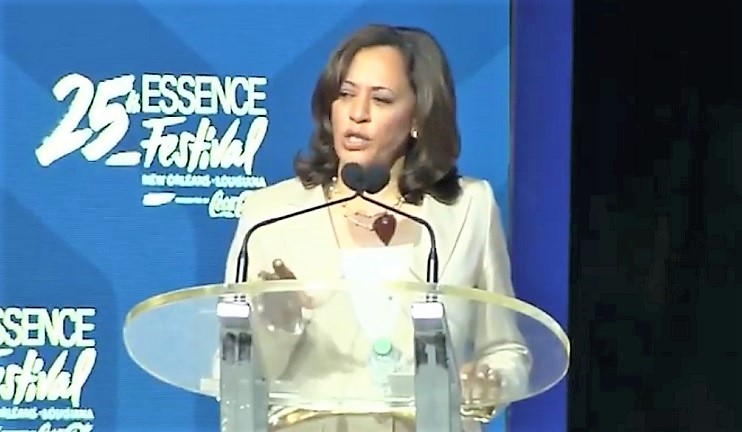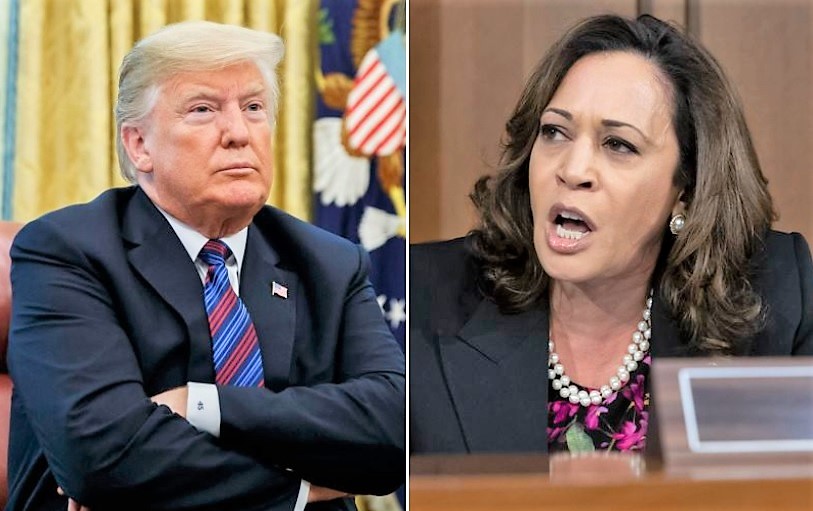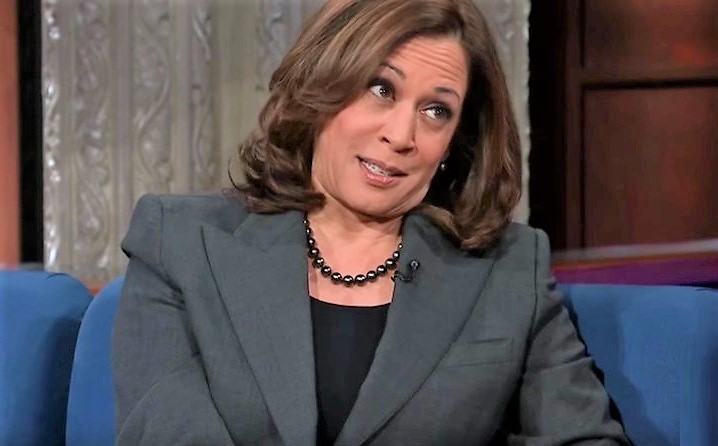Senator Kamala Harris may have wanted to check her own office books before announcing her strict plan to end the “wage gap” if she wins in 2020.
As reported on Monday, Senator Harris announced her strict plan that aims to close the wage gap in America. The senator’s presidential proposal will require businesses to provide their payroll to the federal government. Employees in the same position must be paid the same unless the company can prove significant differences in merit or seniority.
If companies can’t meet the threshold of justification for their wage differences, they will face massive fines — a point Senator Harris bragged about many times.
“I am going to announce the first-ever national priority on closing that pay gap and holding corporations accountable for transparency and closing that gap,” Harris claimed on Sunday. “You will see the announcement tomorrow and there will be penalties if they don’t.”
Penalties outlined by Senator Harris’ team include a fine of 1% of the company’s profits for every 1% of a “wage gap” that exists.
Senator Harris’ plan would force companies to reveal the “total pay and total compensation gap that exists between men and women, regardless of job titles, experience, and performance.”
Unfortunately for women in Senatot Harris’ office, the total compensation gap for her staff is 94% on the dollar. As the Washington Free Beacon reported, the median male salary disbursement was $34,999 and the median female salary disbursement was $32,999.
That compensation gap is even more pronounced on Senator Harris’ presidential campaign. Using her financial documents from her first month on the campaign trail, the Beacon found that women were paid only 87% for the dollar earned by a man. By the second month of the campaign, the gap had shrunk, but there was still a five cent disparity.
For Senator Harris, these findings don’t guarantee that she is underpaying her female employees. This disparity only covers the earnings gap as a whole, not a particular position’s wage gap.
However, in her own messaging on the policy, she used data regarding the earnings gap, not the wage gap.The earnings gap is actually 20 percent but the adjusted wage gap is only 2 cents.
Under Hariss’ own policy, she would have to report the 5-13 cent earnings gap in her office and campaign to the federal government and justify individual pay disparities by providing proof of seniority or merit.













